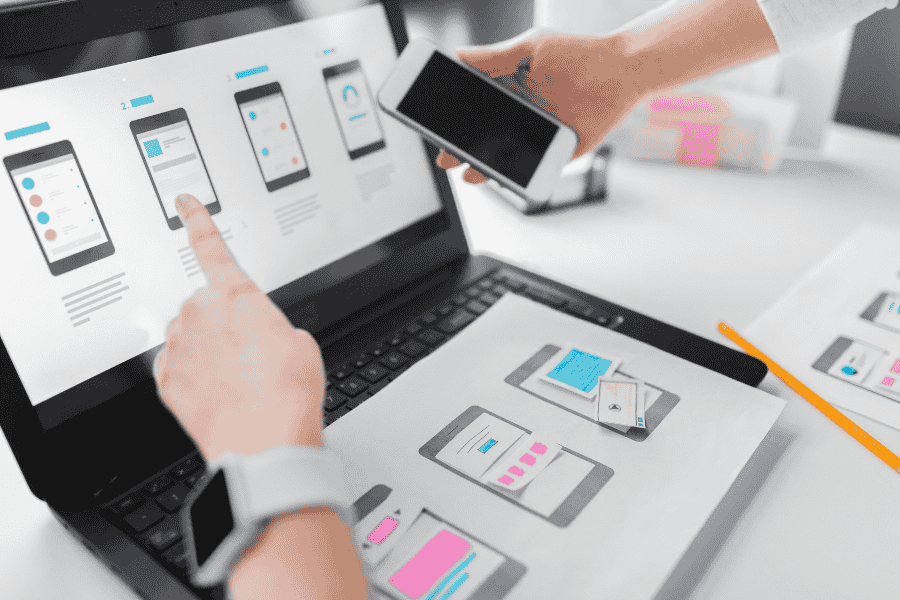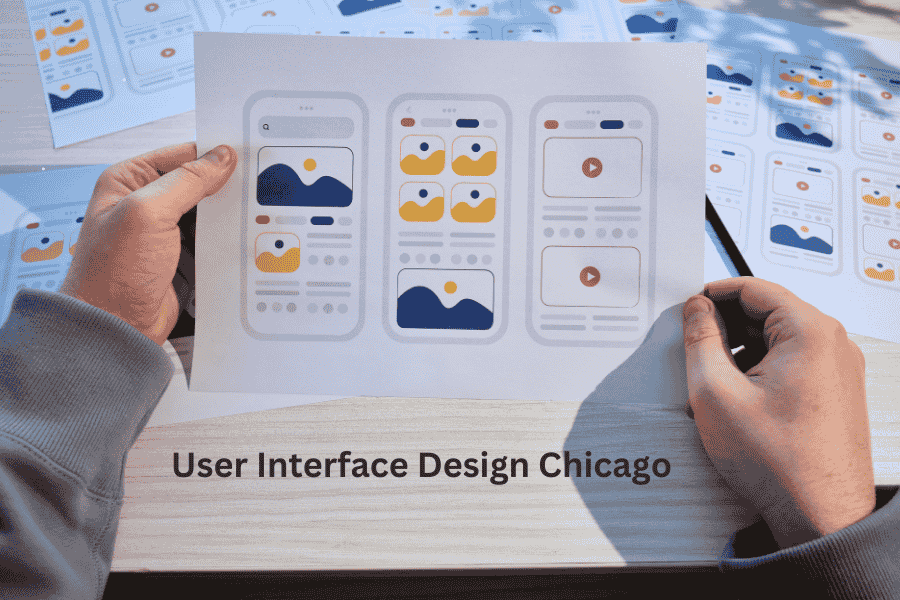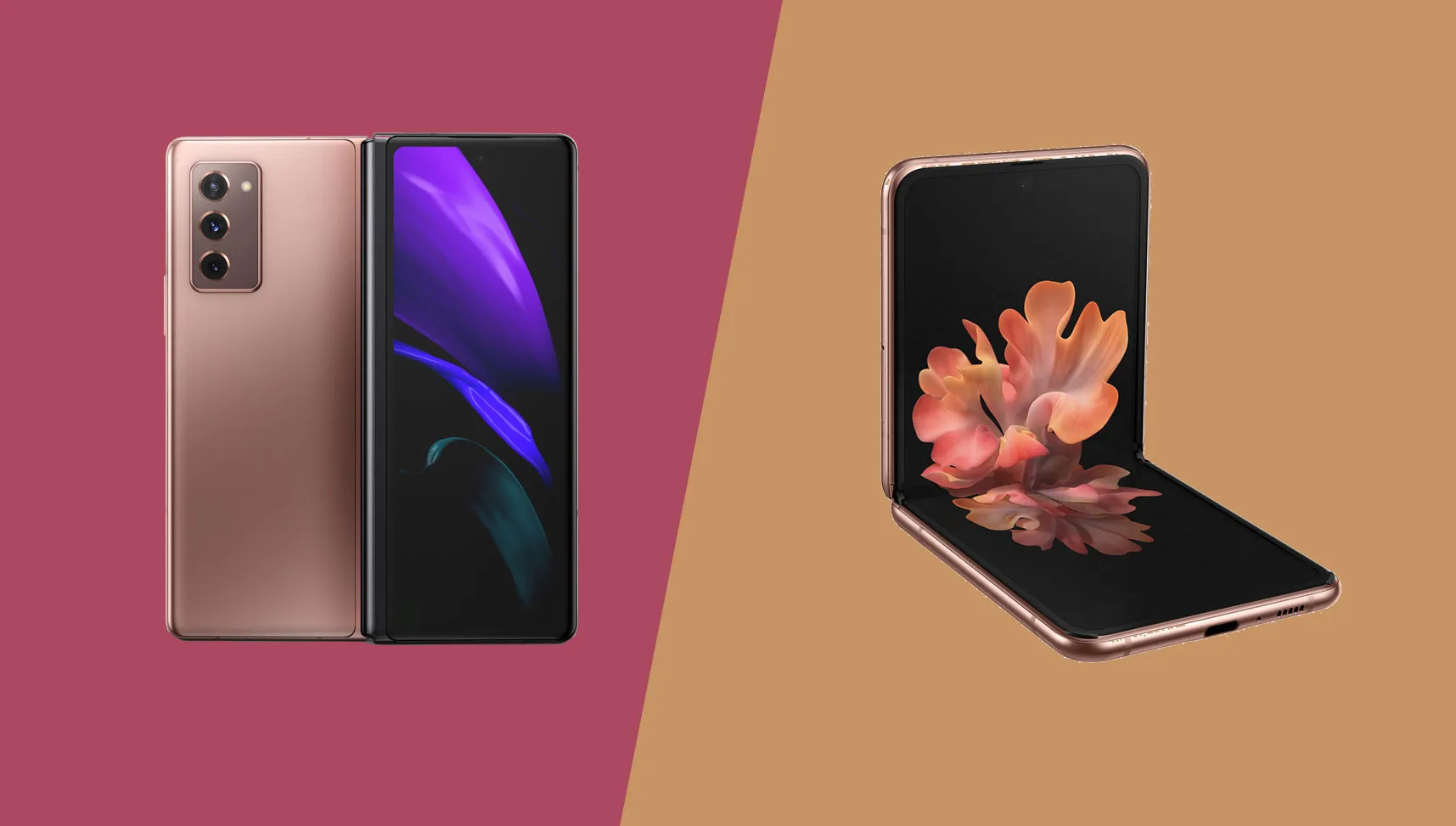User interface design chicago is a process of designing digital interfaces that users communicate with when they use websites, mobile apps, and other digital products. This consists of creating layouts, navigation menus and buttons and making sure that the user’s experience is smooth and intuitive. Good UI design improves usability, accessibility, and appearance by facilitating users’ interaction with and navigation of various digital media in an effective way.
importance of user interface design for businesses
User interface design is very important for businesses as it directly impacts how users use their products or services and how they judge them. Businesses can provide people with smart and easy-to-use interfaces, which will increase user experience levels and make more clients loyal and, in turn, bring more revenues. On the other hand, bad UI might irritate users, causing them to give negative comments, less satisfaction, and lose a chance for well-deserved business. As a result, companies need to pay a lot of attention to effective UI design because the competition is tough.
Chicago Design Scene
Chicago’s design scene, as a fun place to be a designer, artist, or architect, is a multicoloured world where people are competing, cooperating, and looking for new forms, techniques, and styles. The city shapes its graphic design, industrial design, interior design, and fashion design accordingly. Cultural institutions such as the Art Institute of Chicago and the Museum of Contemporary Art offer user interface design chicago inspiration and supportive resources. The space offers an environment that is based on a cooperative spirit and a support system comprised of designers, where they get an opportunity for networking sessions, workshops, design festivals, and conferences.
Key Elements of Effective User Interface Design Chicago
A UI design is an imperative factor in the look and feel of a product that a user earns. It is made of many important parts, such as being clear and consistent, having a visual hierarchy, obtaining accessibility, giving feedback, having affordances, and iteration.
- A clean interface improves the way of going through and getting principles, as it minimizes messiness and utilizes neat arrangement and scheme.
- Consistency in the design elements, which we can see as colours, font styles, icons and navigation patterns, assists users in comprehending under which parts of the product they could click, press, or scroll.
- A well-designed visual hierarchy helps locate and focalize highlights in important areas, such as calls to action or key information.
- Accessibility guarantees that everybody, even individuals with special abilities, can interact with the system. Users come to learn about the results of their actions and the way the controls work as a result of getting feedback and using affordances.
- User comments and revisions are imperative to get the design that fits the needs and preferences of a target user. Through the application of advanced features, designers are able to build up not only nice but also straightforward, accessible, and easy-to-use interfaces.

How effective UI Design can drive User Engagement and Retention
Effective UI design plays a crucial role in driving user engagement and retention by creating a positive and intuitive user experience.
Enhances usability: The use of a nicely designed interface allows users to take advantage of it without much difficulty to browse, locate the information they need and complete their tasks quickly. Through less friction and cognitive overload, the app is more likely to make the users engage with it and return to it in the future.
Improves user satisfaction: When users enjoy a comfortable and straightforward interaction with a product, they are more likely to feel happy and satisfied. Positive experiences not only raise brand loyalty but also spread good word of mouth, as satisfied customers are more likely to make a recommendation and keep using the product.
Builds trust and credibility: User interface designs that exude visual appeal and look professional can boost trust and build credibility with users. This, in turn, makes them more willing to engage with the product and see it as a reliable and trustworthy entity. Users will keep using only credible products that are durable and, hence, will stand out in the market.
Encourages exploration and discovery: A user-friendly and good UI design manages to attract the user’s attention, and the user preferably may stay longer on the offer page and try new features or functionalities, which may, in turn, lead to an increase in engagement and retention. By bringing users discoveries of recent content as well as offering them more possibilities, the user interface could stop users from engaging with only one product.
Facilitates personalized experiences: Successful UI design may be one of the factors that drive user-centric experiences, which include the customization of personal settings, preferences, and interactions with the product. Personalization is the feature that facilitates user engagement at this moment as it makes the product more relevant and attractive to build the habit of the users to come back from time to time.
Common Challenges Faced by UI Designers in Chicago
Meeting client expectations: Designers are normally required to capture the client’s vision, which could be, at times, unrealistic or conflicting. It might be a challenging task to try to balance the client’s wishes with the design principles and user needs.
Tight deadlines: Chicago or any major district has its projects set against the wall to be completed in days or so. The designers have to rise to the practical challenges of efficient delivery of projects on schedule without compromising the quality of the work.
Keeping up with technology: The UI field is very dynamic and keeps the addition of new tools, tricks, and tech on a daily basis. At the same time, manufacturers have to pay attention to these innovations to stay stylish in business.

Collaborating with diverse teams: In Chicago, design projects constantly involve development and marketing teams, which are comprised of people from different disciplines, such as developers, marketers, and project managers. The keys of communication and teamwork are strong for projects that are completed successfully.
Addressing accessibility requirements: Producing interfaces that all users, including people with disabilities, could use is a hard task. Designers will have to keep accessibility standards in mind if they want to feel guilty employing attributes like alternative text, keyboard navigations, and colour contrast to make sure all are welcome.
Conclusion
User interface design is crucial for businesses in Chicago, as it influences user satisfaction, engagement, and retention. It involves creating intuitive, visually appealing interfaces that align with business objectives. Key takeaways include prioritizing user experience, staying updated on design trends, and fostering collaboration. Chicago must continue exploring and innovating to meet user needs and maintain design excellence.
For More Topics, Visit- LearnFreeSkills






